Chai Style Art: At Home with Photography Legend Jerry Siegel
From museums to top-tier corporate offices, photographer Jerry Siegel has produced an impressive body of work. A native of Selma, he has photographed Alabama’s Black Belt region and the declining membership of Temple Mishkan Israel there.
After 37 years with the Atlanta Journal-Constitution and now with the AJT, , Jaffe’s focus is lifestyle, art, dining, fashion, and community events with emphasis on Jewish movers and shakers.
Selma, Alabama. native Jerry Siegel is best known for chronicling the South, specifically Alabama’s Black Belt region, so named for its rich, dark soil. He is also known for his portraits and the two books he has published. His poignant yet calming photography now hangs on the walls of fine art museums and corporate spaces.
“I’m drawn to the region, highlighting the stagnation, alongside its people and the curious,” Siegel said of his regional focus. “It is a contemporary view of the small towns and rural life.” His first monograph, “Facing South, Portraits of Southern Artists,” featured 100 subjects. He lives in a midtown Peachtree Street condominium, surrounded by wall-to-wall art, with wife Patti — a maven in her own right — who has long volunteered in the arts and served on the boards of two theaters. (Patti is the executive director of ArtsATL.)
Siegel explained, “I am a strong believer in place, and how a region and community shapes who you are. The place I know is the Black Belt region of the American South. It is how I was raised, as a Southerner and as a Jew in a small town, instilled with belief in family and tradition that motivates me to document the place I call home.”
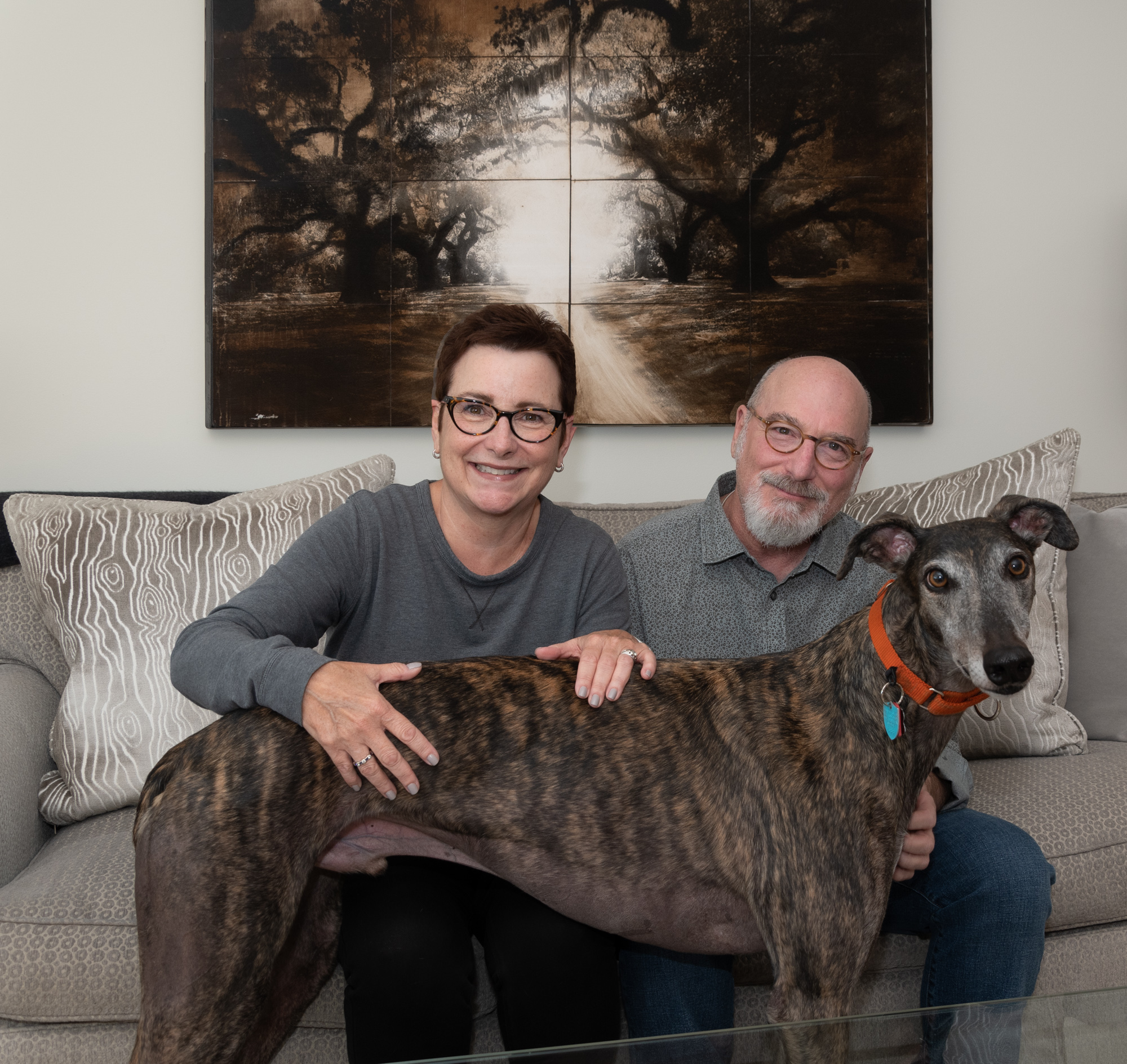
Take a rare tour of Siegel’s own urban home space.
Marcia: How did you get started in photography?
Jerry: I was a “terrible” traditional college student, dropped out, went home to Selma to regroup, and then graduated from the Art Institute of Atlanta. I worked for Arington Hendley, my mentor, for five years. In 1986, I opened my studio, shooting for advertising and corporate clients. The Boys and Girls Club and the Atlanta Hawks were longtime clients. Product photography was a large part of my commercial work. In 2001, I started shooting with digital cameras for commercial work. This change shifted my personal work to more of a focus on color images.
Marcia: You’ve authored some impressive books.
Jerry: “Facing South” was my first monograph (2012), published by University of Alabama Press with the Jule Collins Smith Museum in Auburn, Ala. It’s 100 portraits from seven southern states. “Black Belt Color” was published by the Georgia Museum of Art in 2017.
Marcia: I have seen your work displayed in law firms. Who are some of your corporate clients?
Jerry: I have shot photos for many corporate clients. My fine artwork has been collected by King & Spalding LLP, Morris, Manning & Martin LLP, Troutman Sanders LLP, Arnall Golden & Gregory, Boyd Collar Knight LLP, Staubach, and Federal Home Loan Bank of Atlanta.

Marcia: You have emotionally documented the history of Selma’s Jewish community.
Jerry: I rely on intuition and responsibility to the subject for all my work. I pay attention to what’s authentic, what resonates with me and how I grew up. In 2006, I started the project “Ten Jews Left,” as that was all that remained of a once-thriving congregation. Selma has had three Jewish mayors, and Broad Street was once lined with Jewish merchants. During the 1930s, there were more than 100 families on the register of the Reform temple. The Jewish population dwindled as the kids grew up, went off to college and didn’t return. Although there’s no longer a rabbi, they continue to hold services for the holidays and occasional special services.
Marcia: Name some of your famous subjects.
Jerry: Colin Powell, Jimmy Carter, Hank Aaron, Jane Fonda; CEOs of the American Cancer Society, Georgia Power, Delta; many artists and their families.
Patti: Jerry’s talent in producing striking portraits is making people feel at ease and comfortable during the session. It’s at that moment that he captures their essence.
Marcia: Patti, how do you artistically dovetail with Jerry?
Patti: We met while working with various clients in the ad world. Then he wooed me with Thai food. After a long career in advertising and marketing, I had the opportunity to combine my passion and my skills as the executive director of ArtsATL. We’re an arts journalism nonprofit providing the most comprehensive coverage of the arts in metro Atlanta on our site and in our weekly newsletter.

Marcia: Every wall in your home is replete with fascinating art.
Jerry: Most of the art is contemporary, and most by artists we know, with a few exceptions. Many are artists that I photographed: Benjamin Jones, Larry Walker, Rocio Rodriguez, Herbert Creecy, Amber Boardman, Elizabeth Lide, Helen Durant. Knowing the artist makes the pieces more meaningful to us. We are especially fond of the rope structure by Susan Beallor-Snyder (Maine) that takes up the depth of the whole wall. Then there’s Tom Nakashima, Clark Walker, John Folsom, Larry Jens Anderson, Crawford Gillis, Beverly Buchanan, and more … a really eclectic and diverse mix of artists — even Navajo rugs, pottery and a drum.
Marcia: What can we expect from you in the future?
Jerry: I just finished a public art project in Selma, “Heart of Selma,” which features portraits of people in Selma doing positive things and making it a better place to live. I’ve continued to work on “COVID DIARIES.” I’m no longer self-isolating in Selma, but I continue to shoot there in the same way, avoiding people and interior locations. I continue to work on the artist series, with hopes of a second edition soon.
Siegel’s photography is part of the collections of 14 museums, including Atlanta’s High Museum, which owns his portrait of Michael Shapiro, the museum’s director, who retired in 2014. “Chromatics,” an exhibition at Spalding Nix Fine Art, ran through Nov. 12.
- Chai Style Art
- art
- Marcia Caller Jaffe
- High Museum of Art
- Jerry Siegel
- Patti Siegel
- Stewart’s Classic
- Double Chocolate Pudding
- Flowers and Pinwheels
- Hands & Reins
- Facing South Portraits of Southern Artists
- Black Belt Color
- Magnolia Gardens Pathway
- GameTime
- Thai food
- Advertising
- Marketing
- Temple Mishkan Israel
- nonprofit
- Heart of Selma
- COVID DIARIES
- Chromatics
- Spalding Nix Fine Art
- Chairish the Future
- Boys and Girls Club
- Atlanta Hawks
- Georgia Museum of Art
- Alabama’s Black Belt region
- Selma
- Ten Jews Left
- Peachtree Street
- ArtsATL
- Selma’s Jewish community
- King & Spalding LLP
- Morris Manning & Martin LLP
- Troutman Sanders LLP
- Arnall Golden Gregory
- Boyd Collar Knight LLP
- Staubach
- Federal Home Loan Bank of Atlanta
- Art Institute of Atlanta
- University of Alabama Press
- Jule Collins Smith Museum
- Howard Mendel
- Susan Beallor-Snyder
- Cedric Smith
- Larry Walker
- John Folsom
- Lorenzo Scott
- Michael Shapiro
- Colin Powell
- Jimmy Carter
- Hank Aaron
- Jane Fonda
- American Cancer Society
- Georgia power
- Delta
- Benjamin Jones
- Rocio Rodriguez
- Herbert Creecy
- Amber Boardman
- Elizabeth Lide
- Helen Durant
- Tom Nakashima
- Clark Walker
- Larry Jens Anderson
- Crawford Gillis
- Beverly Buchanan




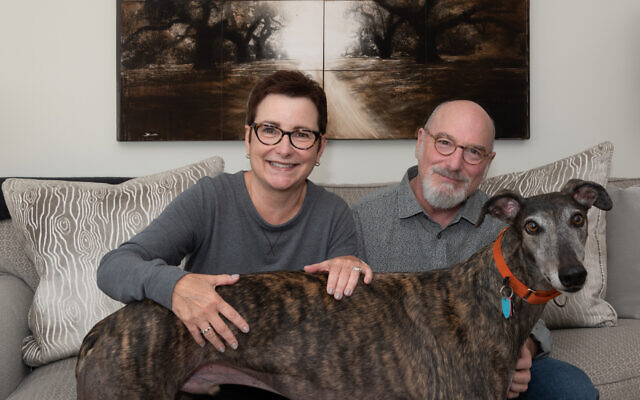
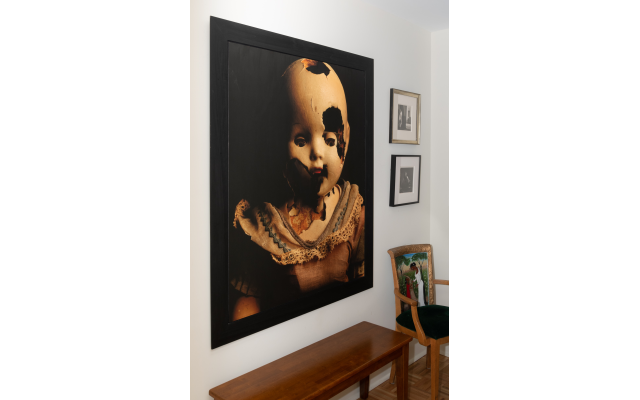

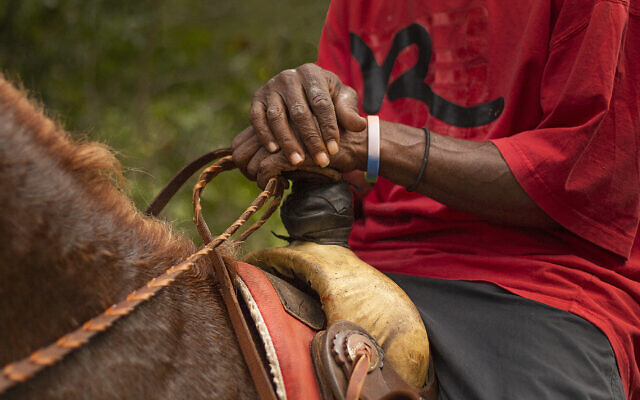
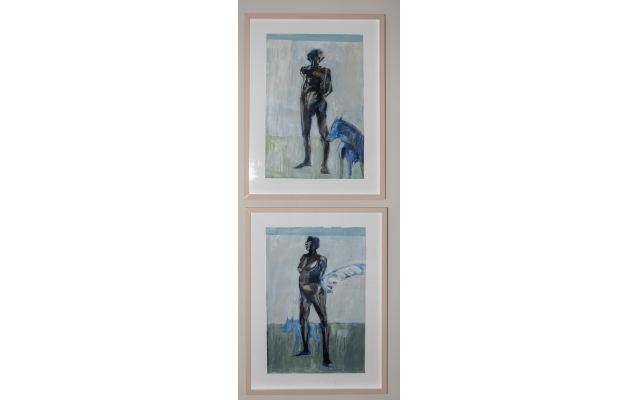
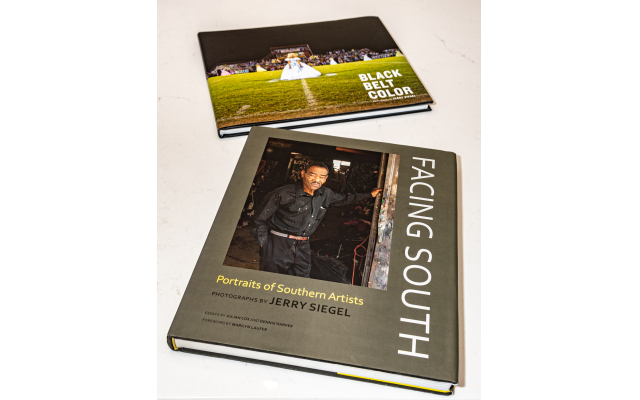
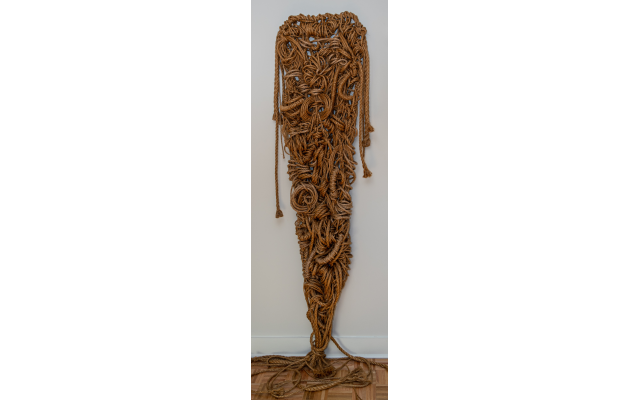

comments